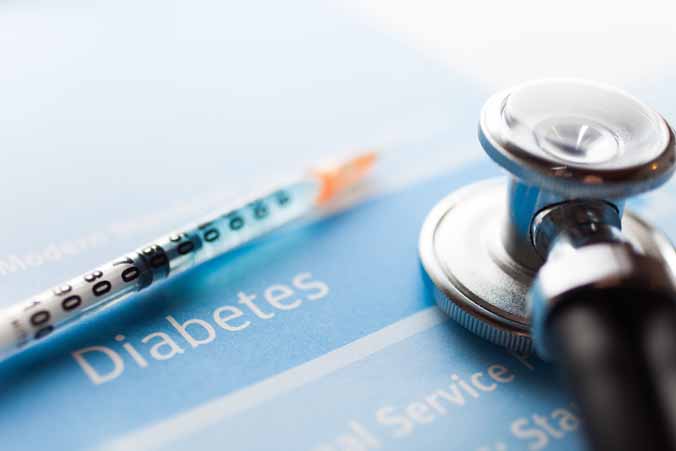MOBILE: Cell therapy beneficial in certain patients with CLI at 2 years

Intramuscular injection of autologous concentrated bone marrow nucleated cells was associated with improved amputation-free survival in patients with critical limb ischemia at 2 years, particularly in patients without diabetes, according to new data from the MOBILE trial.
As Cardiology Today’s Intervention previously reported, in the 1-year results of MOBILE, cell therapy did not improve amputation-free survival, but showed signs of benefit in patients without diabetes or tissue loss. Katherin Leckie, MD, vascular surgery fellow at the Indiana University School of Medicine, presented a 2-year post hoc analysis, including a diabetes-related analysis, at the Society for Vascular Surgery Vascular Annual Meeting.
“There were several issues regarding the 1-year results,” Michael P. Murphy, MD, Cryptic Masons Medical Research Foundation professor of vascular biology research at Indiana University School of Medicine, said in an interview. “One is we stratified the randomization based on whether or not patients had diabetes and whether they had rest pain (Rutherford class 4) or tissue loss (Rutherford class 5). We planned to analyze the results based on those four strata. We found the diabetic patient with tissue loss did the worst, and destroyed the positive results. The other problem was that our power analysis was based on anticipating a 40% event rate in the control group, which did not happen. But when we did the 2-year analysis, the event rate reached 44% at 56 weeks, a month after we concluded the study.”
The researchers randomly assigned 152 patients (mean age, 65 years; 60% men) with 155 ischemic limbs who had CLI and poor prospects for revascularization on a 3:1 basis to receive bone marrow-derived progenitor cell therapy or a placebo-controlled sham procedure.
The primary outcome was amputation-free survival, which was not significant at 1 year.
At 2 years, amputation-free survival was higher in the cell therapy group (76.5% vs. 44.12%; HR = 0.49; 95% CI, 0.26-0.93), according to the researchers.

The results are likely explained “by progression of disease,” Murphy said in an interview. “The way cell therapy works, we are not going to see a dramatic improvement in various parameters that we associate with limb preservation. Maybe cell therapy prevents progression from Rutherford 4 to Rutherford 5. That may be its ideal position as a therapeutic option in patients with no-option critical limb ischemia.”
In a subgroup analysis, cell therapy was associated with improved 2-year amputation-free survival in patients without diabetes (84% vs. 37.5%; HR = 0.2; 95% CI, 0.05-0.75), but not in patients with diabetes (cell therapy, 60%; sham, 64.29%; HR = 0.88; 95% CI, 0.28-2.82), the researchers found.
In addition, cell therapy was associated with a decrease in amputations at 2 years in the nondiabetic cohort (12.86% vs. 30%; HR = 0.35; 95% CI, 0.12-0.99) but not in the diabetic cohort (cell therapy, 26.53%; sham, 21.43%; HR = 1.22; 95% CI, 0.35-4.28).
Also in the nondiabetic cohort, CD105+ counts were higher in those with amputation-free survival (137.125 vs. 47; P = .042) and limb preservation (134.0588 vs. 34.33333, P = .045), according to the researchers.
“This is exciting to us for several reasons,” Murphy told Cardiology Today’s Intervention. “One is that when we design the next clinical trial, we can anticipate a 30% 1-year event rate for death and amputation in the control group, as we saw in MOBILE. Second is that maybe we need to look at patients a little bit longer than 1 year. Third, the Rutherford 4 patient with rest pain but not tissue loss has the best response to cell therapy. We know it improved symptoms, but we need to see how many progressed to Rutherford 5.” – by Erik Swain
Reference:
Leckie K, et al. Abstract SS20. Presented at: Society for Vascular Surgery Vascular Annual Meeting; June 12-15, 2019; National Harbor, Md.
Disclosures: Leckie and Murphy report no relevant financial disclosures.
